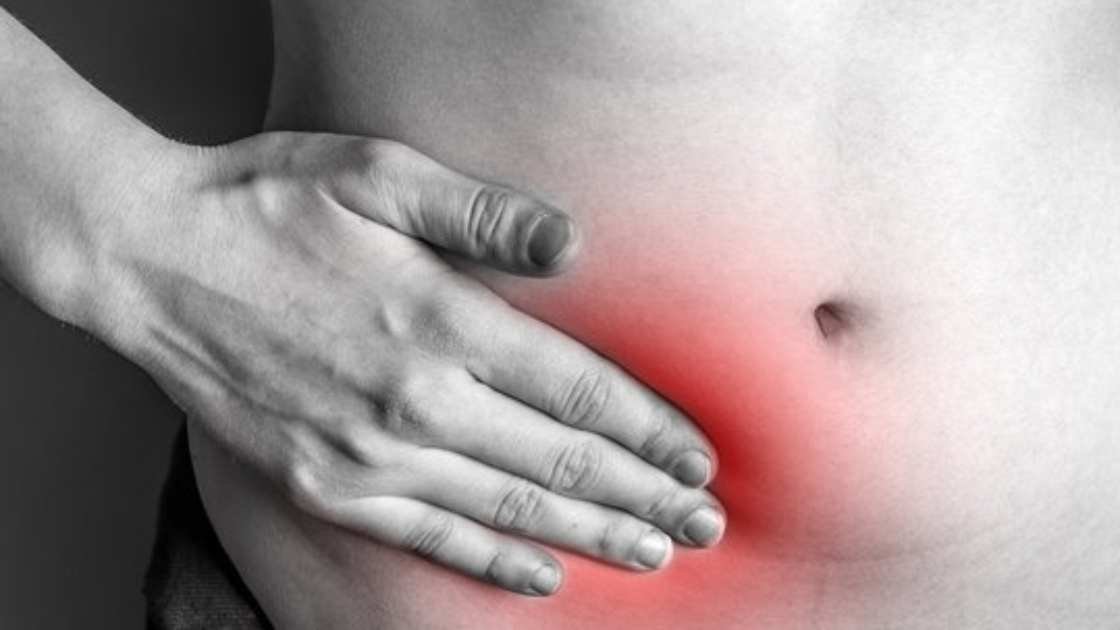How to Reduce the Risk of a Hernia: 10 Essential Strategies for Prevention

Hernias are a common condition where an internal organ or tissue bulges through a weak spot in the abdominal wall or surrounding muscle. While hernias can occur due to various factors, adopting certain lifestyle changes and preventive measures can significantly reduce the risk of developing one. This guide will explore effective strategies to help you minimize your risk of a hernia and maintain a healthy, strong abdominal area.
Understanding Hernias
Before diving into prevention strategies, it’s important to understand what a hernia is and how it develops. Hernias occur when there is a weakness or tear in the abdominal wall, allowing organs or tissues to protrude through the gap. Common types of hernias include:
- Inguinal Hernia: Occurs in the groin area and is more common in men.
- Hiatal Hernia: Occurs when part of the stomach pushes through the diaphragm into the chest cavity.
- Umbilical Hernia: Occurs near the belly button.
- Incisional Hernia: Develops through a previous surgical incision.
Key Strategies to Reduce the Risk of a Hernia
1. Maintain a Healthy Weight
Excess weight puts additional pressure on the abdominal wall, increasing the risk of a hernia. Maintaining a healthy weight through balanced nutrition and regular exercise is one of the most effective ways to prevent hernias. Aim for a body mass index (BMI) within the healthy range and incorporate both aerobic and strength training exercises into your routine.
2. Strengthen Your Core Muscles
A strong core provides better support to the abdominal wall, reducing the risk of hernias. Focus on exercises that target the core muscles, including:
- Planks: Hold a plank position to engage the entire core.
- Crunches: Perform traditional crunches or variations like bicycle crunches.
- Leg Raises: Lift your legs while lying on your back to strengthen the lower abdominal muscles.
Incorporate these exercises into your workout routine to build a strong, supportive core.
3. Practice Proper Lifting Techniques
Improper lifting techniques can increase intra-abdominal pressure and strain the abdominal wall, leading to hernias. Follow these tips to lift safely:
- Bend at the Knees: Squat down and use your legs to lift, not your back.
- Keep the Load Close: Hold the object close to your body to reduce strain.
- Avoid Twisting: Turn your entire body, not just your torso, when lifting or carrying items.
By using proper lifting techniques, you can minimize the risk of developing a hernia.
4. Avoid Straining During Bowel Movements
Straining during bowel movements can increase abdominal pressure and contribute to hernia development. To avoid straining:
- Increase Fiber Intake: Eat a diet high in fiber to promote regular bowel movements and prevent constipation.
- Stay Hydrated: Drink plenty of water to keep your stool soft and easier to pass.
- Respond to Urges: Don’t delay or ignore the urge to have a bowel movement.
Implementing these practices can help you avoid straining and reduce your risk of a hernia.
5. Address Chronic Coughing or Sneezing
Chronic coughing or sneezing can put repeated pressure on the abdominal wall, increasing the risk of a hernia. If you experience persistent coughing or sneezing, consider these strategies:
- Seek Medical Treatment: Consult a healthcare professional to address the underlying cause of your cough or sneeze.
- Use Cough Suppressants: Over-the-counter or prescribed cough medications can help manage symptoms.
- Practice Good Hygiene: Regular handwashing and avoiding contact with sick individuals can help prevent respiratory infections that cause coughing.
Addressing chronic coughing or sneezing can help reduce the pressure on your abdominal wall and lower your hernia risk.
6. Avoid Heavy Lifting and Overexertion
Heavy lifting and overexertion can strain the abdominal wall and lead to hernia development. If your job or activities involve lifting heavy objects:
- Use Proper Equipment: Utilize lifting aids, such as dollies or hoists, to reduce strain.
- Take Breaks: Avoid prolonged periods of heavy lifting and take breaks to rest your muscles.
- Seek Assistance: Ask for help when lifting heavy items to distribute the load.
By avoiding excessive strain and using appropriate lifting techniques, you can lower your risk of developing a hernia.
7. Address Preexisting Medical Conditions
Certain medical conditions can increase the risk of a hernia. Managing these conditions can help reduce your risk:
- Obesity: Work with a healthcare provider to achieve and maintain a healthy weight.
- Chronic Coughing: Treat underlying conditions causing persistent coughs, such as asthma or chronic bronchitis.
- Pregnancy: Consult with your healthcare provider about safe exercises and techniques to support your abdominal wall during pregnancy.
Addressing these preexisting conditions can help you reduce your overall risk of developing a hernia.
8. Wear Supportive Clothing
Supportive clothing can provide additional support to the abdominal wall, particularly during physical activities. Consider wearing:
- Supportive Belts: Hernia belts or support bands can help reduce strain on the abdominal wall.
- Compression Garments: Compression garments provide support and may help prevent hernia development in some individuals.
Supportive clothing can be a useful tool in preventing hernias, especially if you are involved in activities that put stress on the abdominal wall.
9. Monitor and Manage Your Diet
A well-balanced diet can support overall health and help prevent hernias. Focus on:
- Adequate Protein Intake: Include lean proteins, such as chicken, fish, and legumes, to support muscle strength.
- Vitamins and Minerals: Ensure you get essential nutrients, including vitamins A, C, and E, which support tissue health and repair.
- Healthy Fats: Incorporate healthy fats from sources like avocados, nuts, and olive oil to support overall wellness.
By monitoring and managing your diet, you can help maintain a healthy weight and strong abdominal muscles, reducing your risk of hernias.
10. Regular Health Check-Ups
Routine health check-ups can help detect early signs of potential issues that may increase your risk of hernias. Regular visits to your healthcare provider can:
- Identify Risk Factors: Discuss any health concerns or symptoms that may contribute to hernia development.
- Receive Preventive Care: Obtain guidance on preventive measures and lifestyle modifications to reduce your risk.
- Stay Informed: Keep up with the latest health recommendations and preventive strategies.
Regular health check-ups are essential for maintaining overall health and reducing the risk of a hernia.
Conclusion
Reducing the risk of a hernia involves a combination of lifestyle changes, proper techniques, and addressing underlying health conditions. By maintaining a healthy weight, strengthening your core, practicing proper lifting techniques, and avoiding excessive strain, you can significantly lower your risk of developing a hernia. Incorporate these strategies into your daily life to support a strong and healthy abdominal wall, ultimately reducing your chances of hernia development and promoting overall well-being.




















